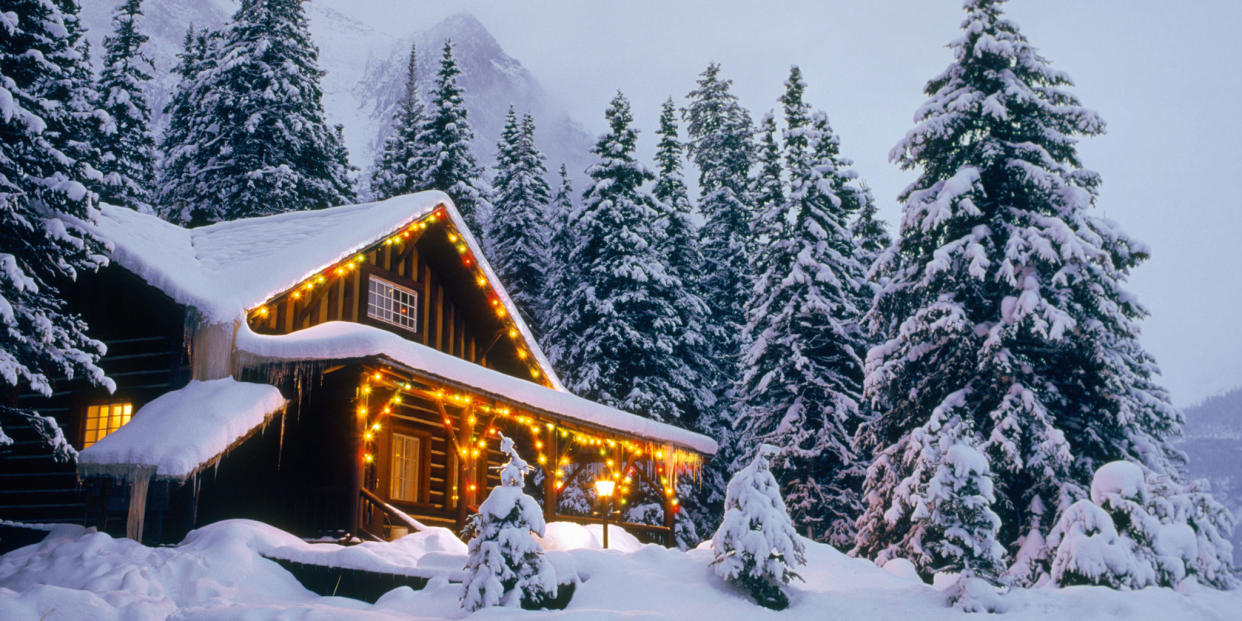How to Calculate the Amount of Snow Your Roof Can Handle Before Collapsing

Dreaming of a white Christmas is all well and good-until your roof caves in on you. Snowflakes may be soft and fluffy when they first come down, but they can compact quickly, adding up to a whole lot of weight. So, how much is too much? The Insurance Institute for Business and Home Safety came up with a handy formula.
First, as a general rule, as long as the roof of your house is in reasonably good condition (no decay or damage), it should be able to support about 20 pounds of snow per square foot, according to the site.
Of course, there are different kinds of snow-fresh, packed, some combination, and straight-up ice-and those consist of different weights. Here's how the Institute breaks it down:
Fresh Snow
10 to 12 inches = 1 inch of water = 5 lbs. per square foot
Translation: Up to 4 feet is okay
Packed snow
3 to 5 inches = 1 inch of water =5 lbs. per square foot
Translation: Up to 2 feet is okay
Ice
1 inch of ice= 1 foot of fresh snow = 5 lbs. per square foot
Translation: Up to 4 inches is okay
If your roof accumulates anything more than indicated above (20-25 pounds per square foot is considered the "danger zone"), you may have to remove it-either with a snow rake or by hiring a professional (look for snow removal contractors in your area).
Depending on your region, of course, your roof could be stronger. "If you live in an area known for lots of snow," the Institute says, "you can probably check with your building department to find out if higher loads were used at the time your home was built." And the angle of the structure plays a role in calculating your risk for a big buildup. If you live in an A-frame, for example, the snow will melt off more rapidly-but those with flatter roofs will want to be extra cautious.
Now, for a much more pleasant math equation: How many bottles of wine will you need to get through a blizzard?
(h/t The Insurance Institute for Business and Home Safety)
You Might Also Like


